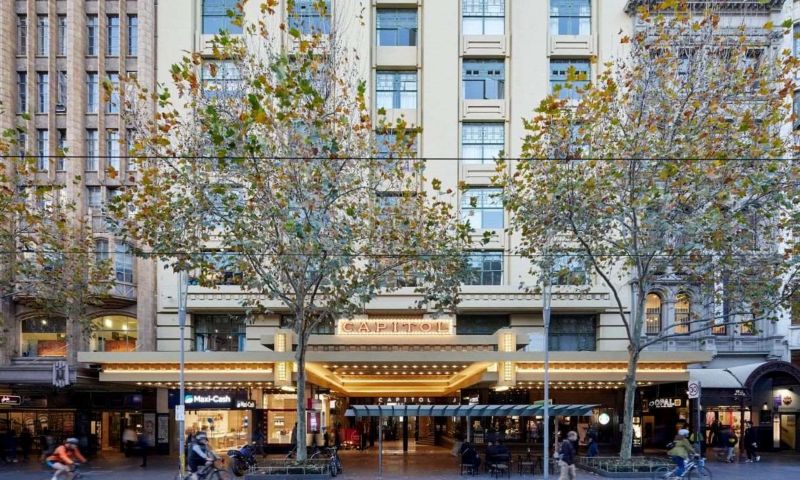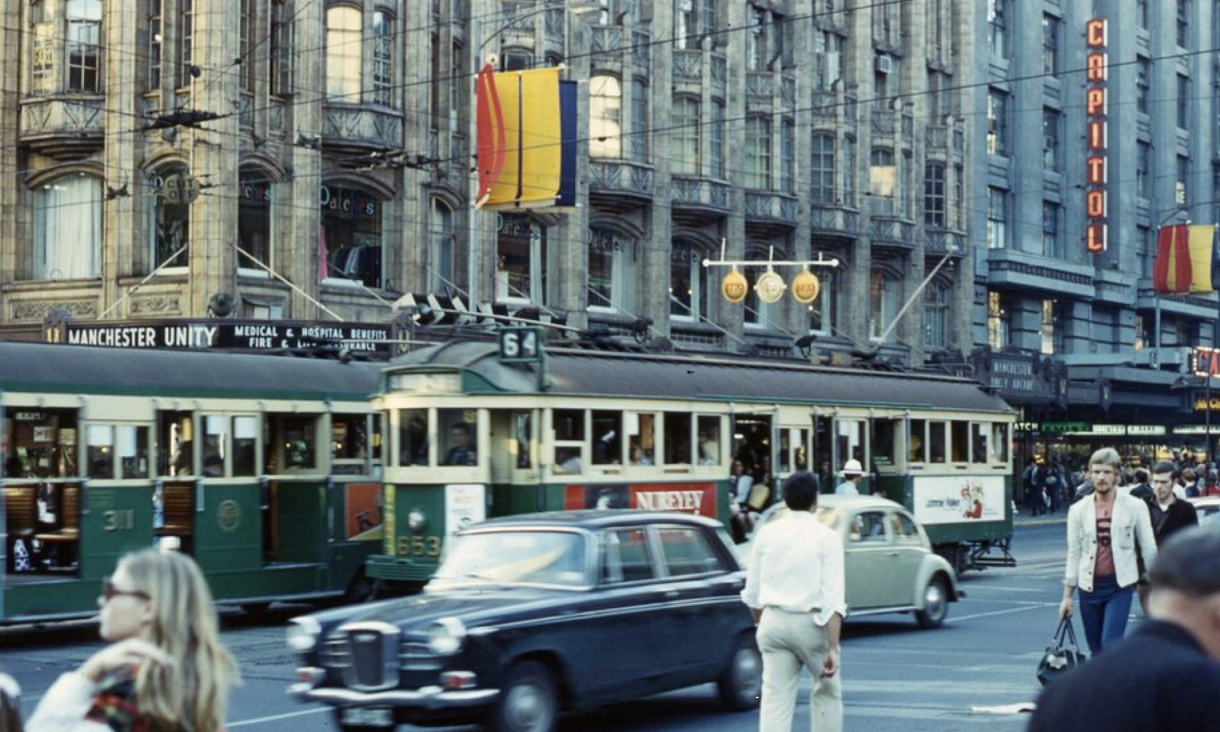Moving with the times
Over the decades the theatre has adapted with the times.
With cinema audiences dwindling in the 1950s with the advent of television, The Capitol was saved from demolition following a campaign spearheaded by prominent architect Robin Boyd.
A compromise saw the street foyer and stalls demolished to make way for a shopping arcade, now known as the Capitol Arcade, while the ceiling and upper half of the auditorium was retained to create a single-level cinema seating 600 people.
In 1999, RMIT acquired the building to preserve its heritage and use it for teaching and learning and public programming activities.
After falling into critical disrepair, The Capitol was closed and an appeal launched to restore it to its former glory.
The Capitol reopened its doors in 2019 following a multi-million-dollar refurbishment, reclaiming its place as a Melbourne cultural icon.
The Capitol reimagined
Vice-Chancellor and President Professor Alec Cameron said RMIT was proud to restore and reopen The Capitol – now a place of transformative learning, teaching, research and mentoring for a new generation and those to come.
“More than a theatre, The Capitol of today is testament to RMIT’s determination to respect the past even as we prepare our students for an ever-changing future,” he said.
“The outcome remains a spectacular Melbourne icon, filled with RMIT’s innovative spirit.”
“It is a hub of creativity and collaboration, bringing together our students – past and present – with the wider community, including the creative industries of Melbourne and beyond.”
“We are proud to be custodians of such an important landmark and pay tribute to 100 years of history – with eyes firmly on the 100 ahead.”









